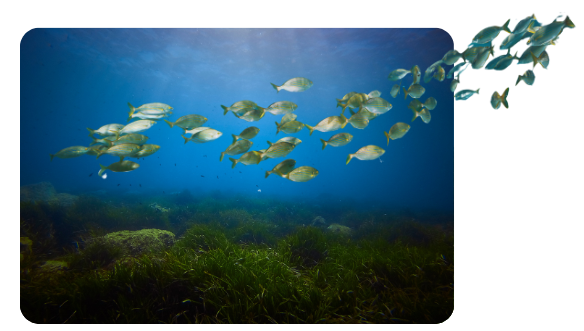Project
A multidisciplinary study of DMSP production and lysis – from enzymes to organisms to process modelling

Project Start: May 2017 | Project End: April 2020
Project Funder: NERC
Principal Investigator: Dr Ruth Airs
Other Participants: Dr Frances Hopkins, Dr Glen Tarran, Dr Luca Polimene, Dr Rachael Beale, John Stephens, Lisa Al-Moosawi, Sarah Dashfield
A billion tonnes of the dimethylsulfoniopropionate (DMSP) is made each year by marine phytoplankton, seaweeds, corals, coastal plants and marine bacteria. DMSP has key roles in marine ecosystems when released into the environment, serving as an osmoprotectant and key nutrient for marine microbial communities. DMSP is also the main precursor of the climate-cooling gas dimethylsulfide (DMS), of which around 10% of that produced is released into the atmosphere.
DMS oxidises in the atmosphere, producing aerosols that can lead to increased cloud cover and potential effects on climate, or be returned to land in rain, a key step in the global sulfur cycle. As future changes in environmental conditions will likely affect DMSP/DMS production, and potentially climate, and vice versa, it is important to understand and predict these effects. Despite the importance of DMSP, knowledge of how and why it is produced is quite superficial. We know that DMSP and DMS production is highly variable between and within the different groups of producers, but the reasons for this variability are not fully understood.
The aim of this project is to establish why some organisms make more DMSP than others and the contribution of different organisms to global DMSP and DMS production. Current estimates of DMSP/DMS production are likely inaccurate due to a lack of integrated studies combining molecular, biogeochemical, process and modelling data. We will study how diverse DMSP-producers express their DMSP and DMS synthesis enzymes in response to varying conditions, since the expression level may govern the amount of DMSP produced.
The project will carry out a detailed, year-long study at the coastal site L4 in the English Channel to ascertain which organisms produce DMSP/DMS, production rates and concentrations, the genes used and under what conditions. We will use these data in a new model for DMSP/DMS dynamics, allowing the contribution of different taxa to global production of DMSP/DMS to be more accurately predicted, along with any possible effects of climate change.
